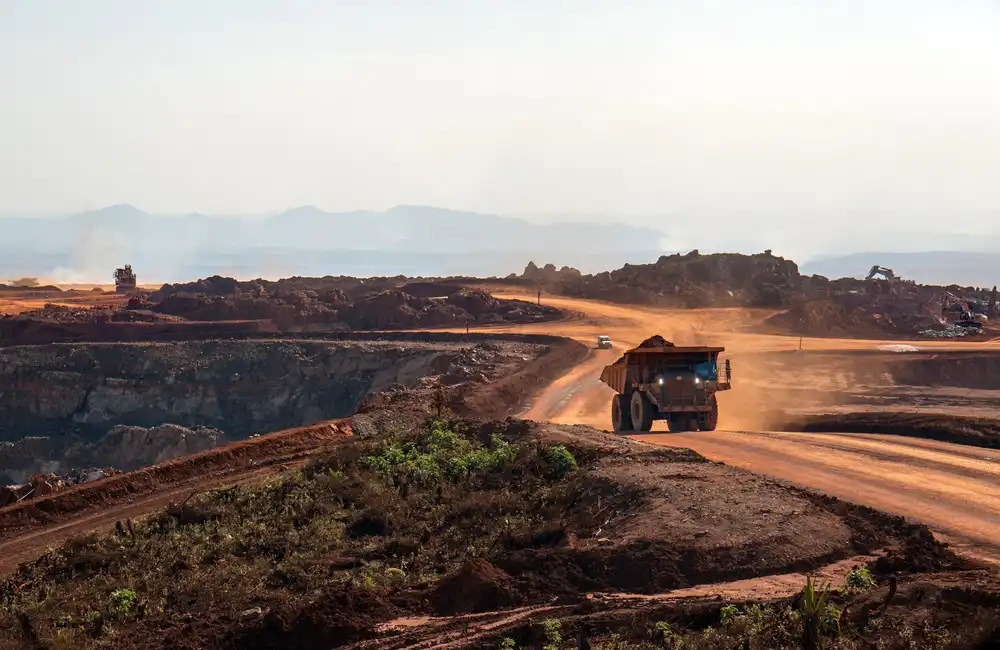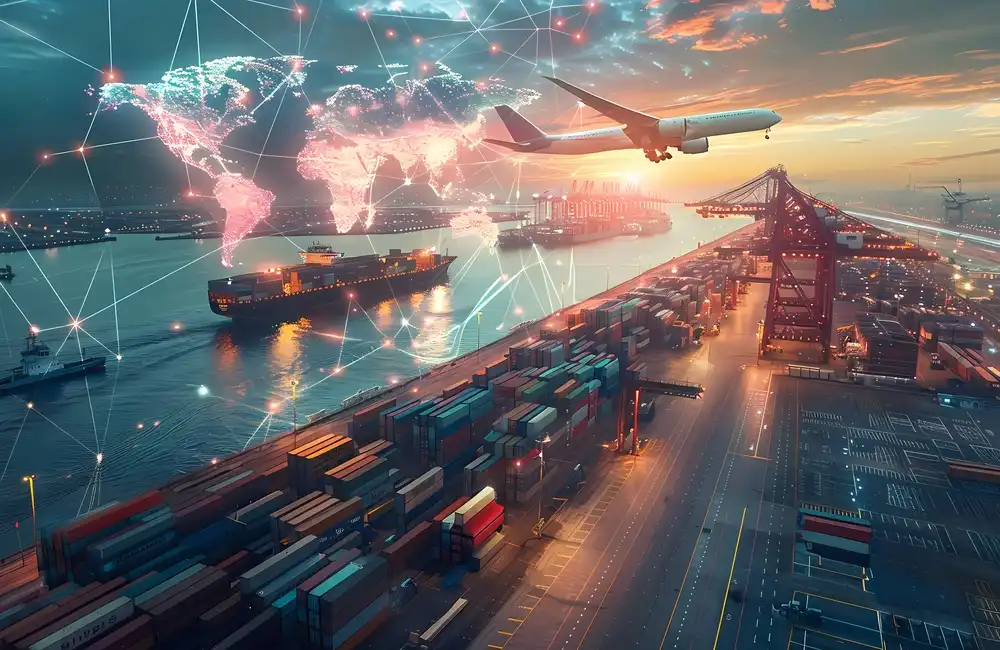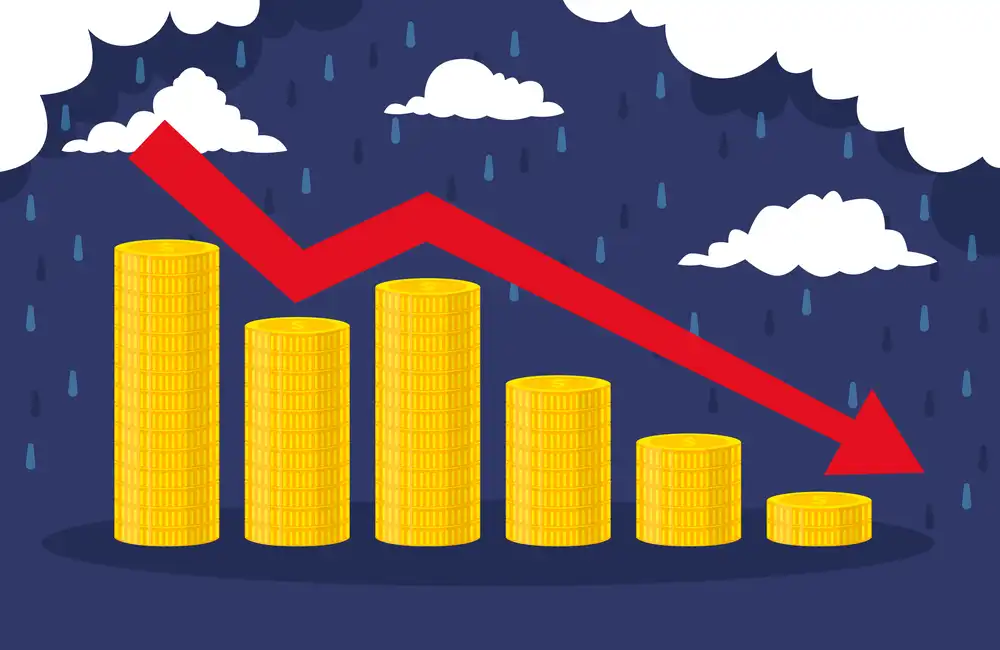Modern technological societies rely heavily on critical minerals as their fundamental support structure.
They play a vital role in technological progress and sustainable development by powering renewable energy systems, supporting the growth of electric vehicles (EVs), and advancing consumer electronics. Lithium, cobalt, nickel, and rare earth metals serve as crucial components within batteries and motors and provide foundational support for green technology infrastructure.
Technological progress, alongside global decarbonisation efforts and transport system electrification, has sparked a massive increase in worldwide mineral demand. We need to understand the reasons behind this substantial demand surge and evaluate its consequences for both industries and investors.
Driving Demand in Key Sectors
1. Renewable Energy Revolution
Solar panels, wind turbines, and energy storage systems represent the core technologies powering the clean energy transition. These technologies depend heavily on critical minerals. Wind turbine magnets require rare earth metals like neodymium for production, and lithium, together with cobalt, powers batteries in energy storage systems.
National governments across the globe have set far-reaching net-zero goals while actively supporting the growth of renewable energy sources. The drive for renewable energy technologies has led to a massive surge in demand for critical minerals, which has reached unprecedented levels.
2. Electrification of Transportation
The expansion of the EV market stems from cleaner transportation trends and strict emission control measures. The main power source for electric vehicles comes from lithium-ion batteries, which depend on lithium, cobalt, and nickel to function. The electric vehicle industry will become the main driver for critical mineral consumption in future years according to market analyst predictions.
According to BloombergNEF, lithium demand might reach four times its current level by 2030 as more batteries for EVs and energy storage systems are needed. Automakers are urgently working to establish mineral supply chains because demand has exceeded current supply levels.
3. Advancements in Consumer Technology
Today’s consumer technology landscape extends from smartphones and laptops to smartwatches and tablets, as these products have become integral to all elements of daily life. Consumer devices depend on essential minerals, including tantalum for capacitors and rare earth metals for tiny components.
The continuous progress of technological innovation ensures that material demand will reach unprecedented levels. The success of new industries such as 5G technology, artificial intelligence systems, and consumer robotics depends heavily on critical minerals to achieve complete functionality.
Economic and Geopolitical Factors
1. Global Supply Chain Challenges
The increasing need for critical minerals has revealed weaknesses within the global supply chain. The centralized production of rare earth elements in China and cobalt in the Democratic Republic of Congo creates potential threats. Trade tensions and natural disasters add to political instability to create widespread supply chain disruptions whenever these events occur.
Countries now focus their efforts on spreading supply sources to avoid dependence on single suppliers. The competition among nations to secure energy stability intensifies market demand.
2. Growth of Green Technologies
Innovation receives impetus from governmental policies and corporate sustainability commitments, which reinforce the importance of critical minerals. The European Green Deal, along with the United States’ Inflation Reduction Act, drive investments toward renewable energy infrastructure development, alongside electric vehicle production and sustainable practices.
3. Economics of Supply and Demand
The expanding demand for critical minerals combined with a limited supply is resulting in increased prices. The extraction process demands extensive time and financial resources, and environmental and social concerns add further layers of difficulty. The current imbalance presents both opportunities and difficulties for industries that are already burdened by increasing costs.
Challenges in Securing Reliable Supply
Environmental Impact:
Critical minerals come at a cost. Mining activities damage local environments through deforestation and increased carbon emissions. More focus on sustainable mining techniques and recycling methods is required to reduce their adverse effects.
Resource Concentration:
Limited production regions control manufacturing, which exposes nations and companies to major supply-chain disruption risks.
Political Instability:
Supply shortages become more severe when political instability disrupts resource-rich countries.
Investment Opportunities in Critical Minerals
Investors have a profitable chance to benefit from the growing demand for critical minerals. You can take advantage of this trend through three specific ways:
Investing in Mining Companies
Investing in mining company shares gives investors direct access to mineral production processes. Investments in mining companies present risks because commodity prices consistently change and regulatory barriers sometimes emerge.
Commodities Market
Direct investment in commodities such as lithium or copper represents a high-risk investment strategy that offers the potential for substantial rewards. Price volatility presents chances for substantial returns yet exposes investors to severe financial risks.
ETFs Focusing on Critical Minerals
Exchange-traded funds (ETFs) offer a diversified approach. The Global X Lithium & Battery Tech ETF targets businesses in the critical mineral supply chain to allow investors an easier yet balanced investment opportunity.
Investors must understand that significant long-term returns exist alongside inherent risks such as geopolitical disruptions and market price fluctuations. Investment diversification serves as a strategy to reduce these financial risks.
Looking Ahead
Critical minerals form the foundation of our transition towards a sustainable and advanced technological future. These minerals drive the shift towards renewable energy sources while boosting the expansion of the electric vehicle industry and enabling numerous other industries to progress.
Investors need to comprehend market dynamics to discover available opportunities. It is essential to keep updated on sector trends whether you invest through direct commodities, mining firms, or ETFs.
Want to stay ahead of the curve? Join our biweekly newsletter to stay informed about the newest trends and insights in critical minerals. Explore this expanding market better by downloading our exclusive guide that shows you how to take advantage of its growth.
Minerals will drive the advancement of energy technologies in the future. Position yourself for success today.





















